Sydney’s population set to grow to seven million in next 30 years
YOUR time stuck in traffic will double, your children will squeeze into schools with almost 70 per cent more students, and Sydney’s west will suffer an acute shortage of hospitals. Welcome to Sydney when we hit seven million.
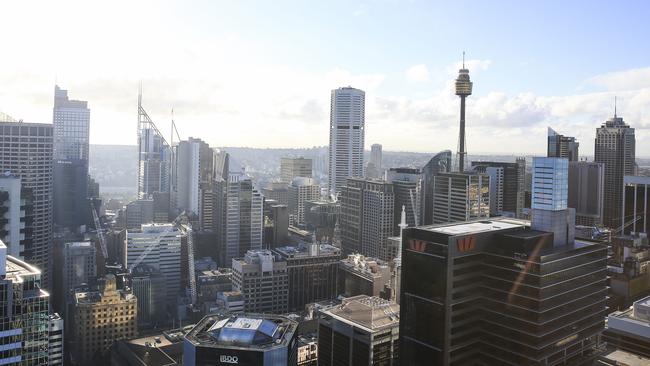
NSW
Don't miss out on the headlines from NSW. Followed categories will be added to My News.
YOUR time stuck in traffic will double, your children will have to squeeze into schools with almost 70 per cent more students, and there will be an acute shortage of hospitals in Sydney’s west, if planners don’t urgently address infrastructure shortages, a new report warns.
Sydney’s population is set to grow by 2.6 million people in the next 30 years to 7.3 million, adding even more strain to road, health, education and open space networks already bursting at the seams.
In a major report to be released today, federal government research body Infrastructure Australia warns Sydney is not prepared for the magnitude of change in the next three decades and planners need to rethink the city.
MORE: Project Sydney Action Plan
The report, Future Cities, Planning For Our Growing Population, says Sydneysiders in 2016 spent 200,000 hours every day struck in traffic jams.
By 2046, that will double to 400,000 hours as the road network is forced to cope with 2.5 million extra journeys, the report says.
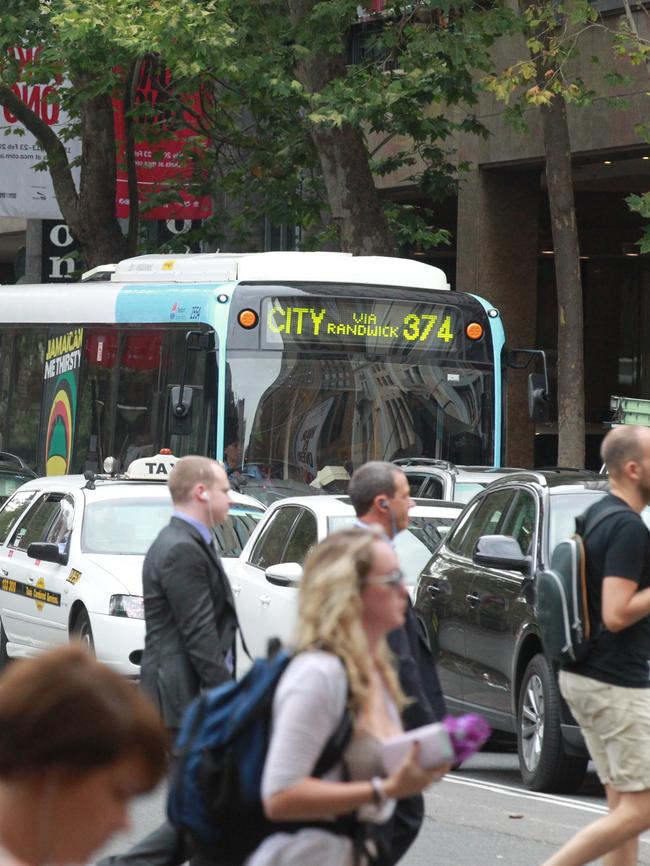
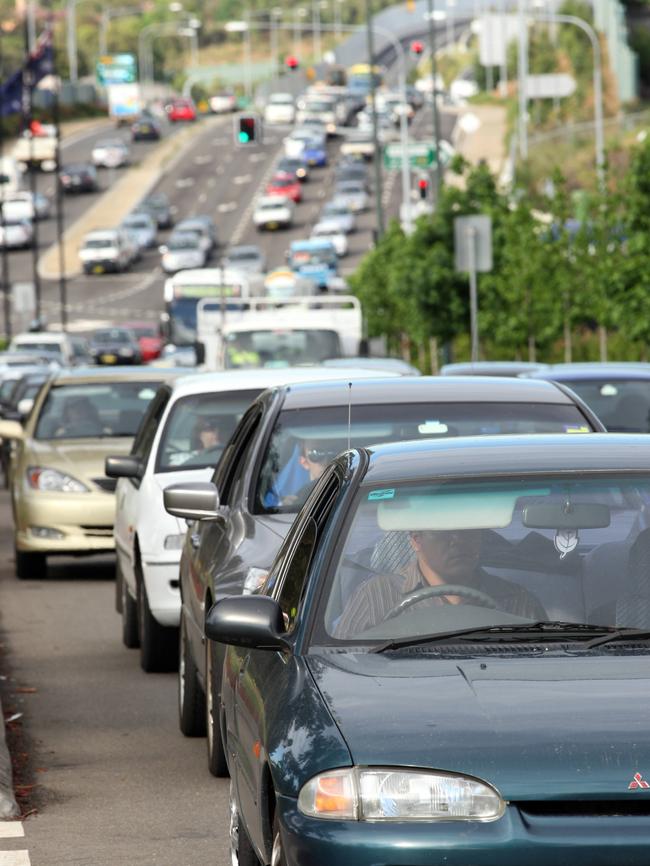
The worst spots will include Chatswood, Macquarie Park and Epping.
To deal with the congestion, the report recommends governments should consider imposing motorist tolls — including “a national heavy and light vehicle user charging regimen” — to manage demand.
MORE: Better design can help Sydney beat the heat
The report predicts that the need for acute health services will grow by 48 per cent in NSW, with modelling showing declining access to hospital care will be “particularly stark in Western Sydney”.
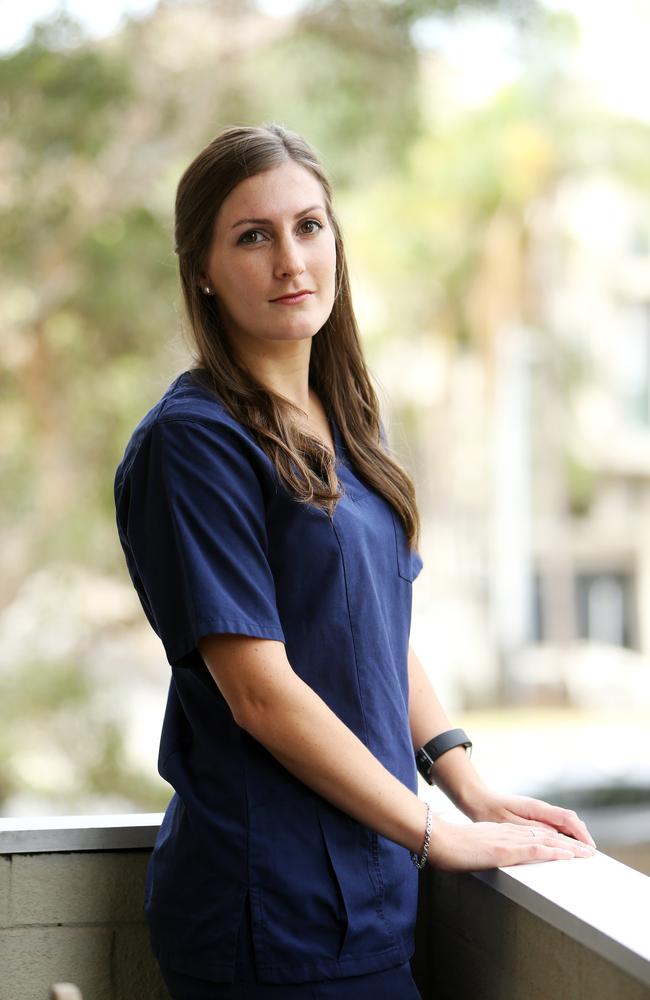
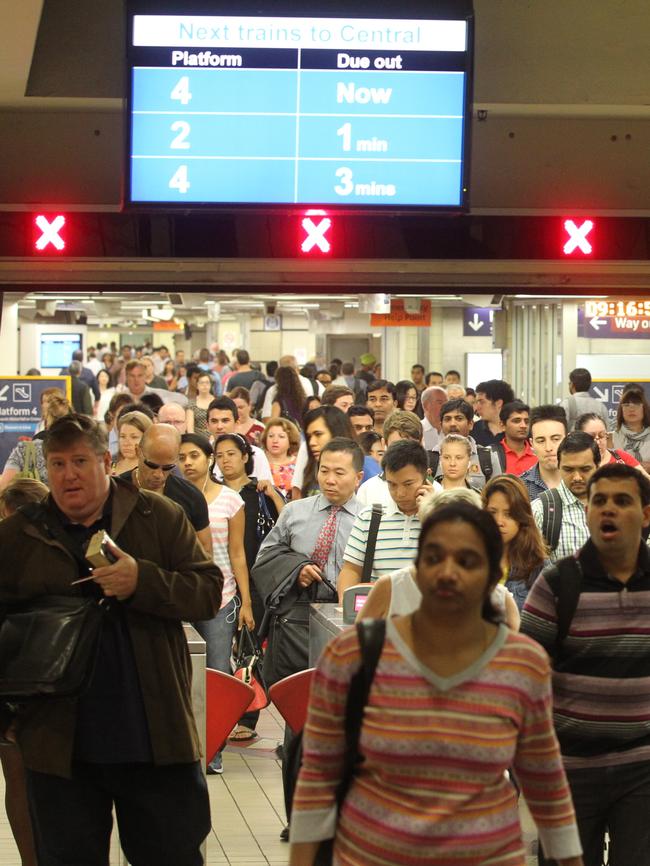
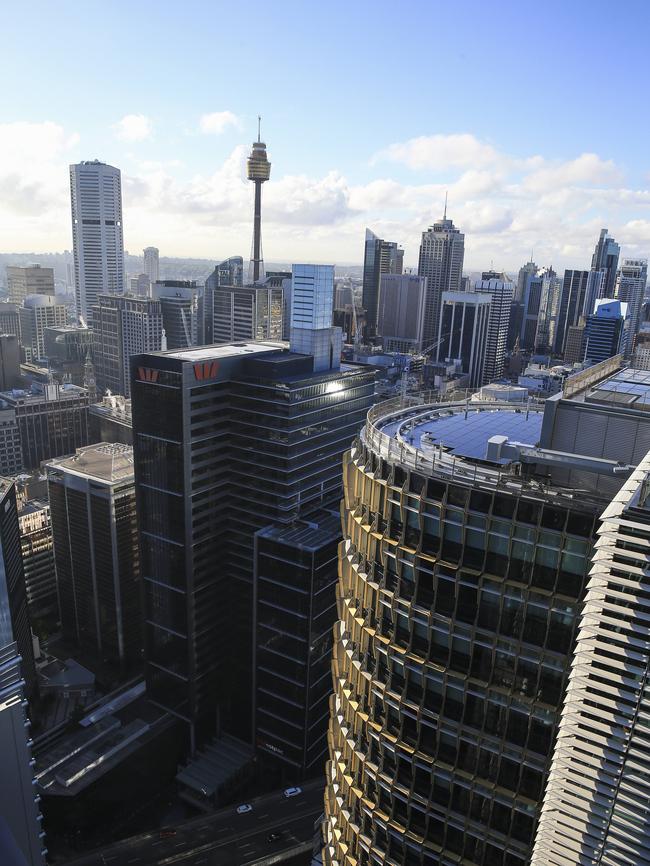
For example, only 8 per cent of residents from Blacktown North will be able to get to a hospital within 20 minutes by 2046.
The same figure for Bringelly and Green Valley residents will be just 13 per cent.
MORE: Gladys Berejiklian outlines Government projects and investment
Schools would also come under pressure, with the average population per school soaring by between 65 per cent to 77 per cent from 2016 numbers if infrastructure shortages are not addressed.
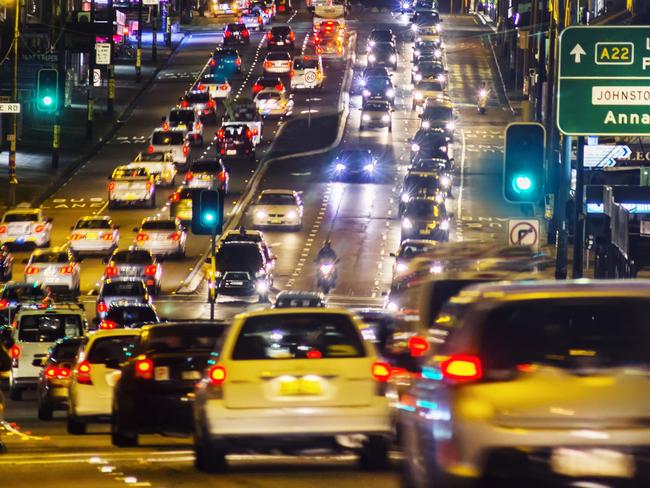
The inner city, Botany, Bankstown, Auburn and Canada Bay will be hit hardest.
Infrastructure Australia chief executive Philip Davies said Sydneysiders need to “embrace population growth” but also to start debating now how their city will best deal with the challenges.
MORE: Sydney’s population can continue to grow and thrive
This should include considering higher density housing such as apartments, he said.
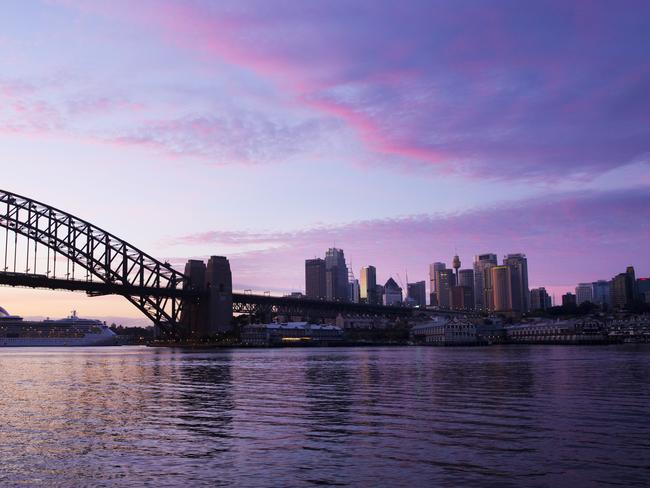
Emergency nurse Hannah O’Brien, 25, is one commuter who knows how drastically unprepared Sydney’s roads are for a population boom.
MORE: Sydney’s full and voters are sick of development
She spends anywhere from 35 to 90 minutes commuting to work from the northern beaches to the north shore depending on her shift.
“If there is going to be a growth boom, the roads won’t be able to sustain the amount of people on them.”



